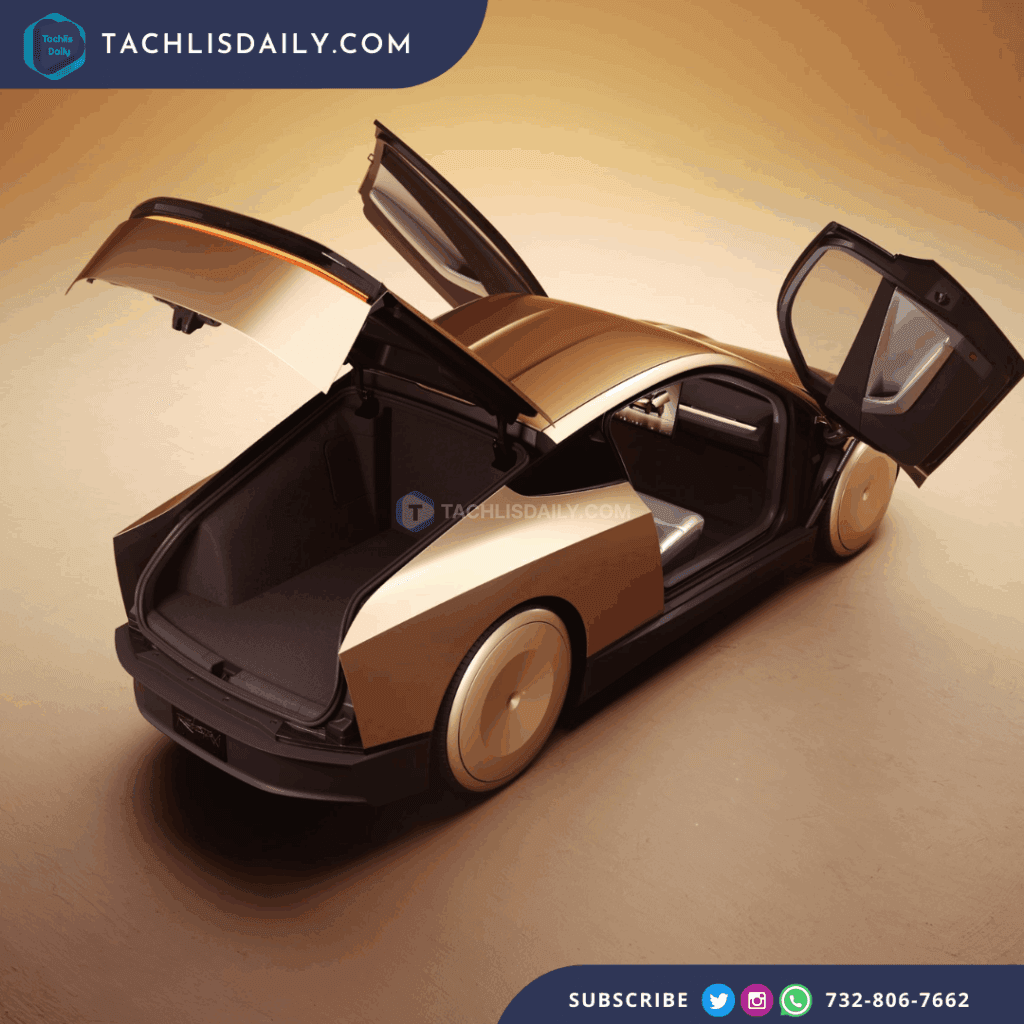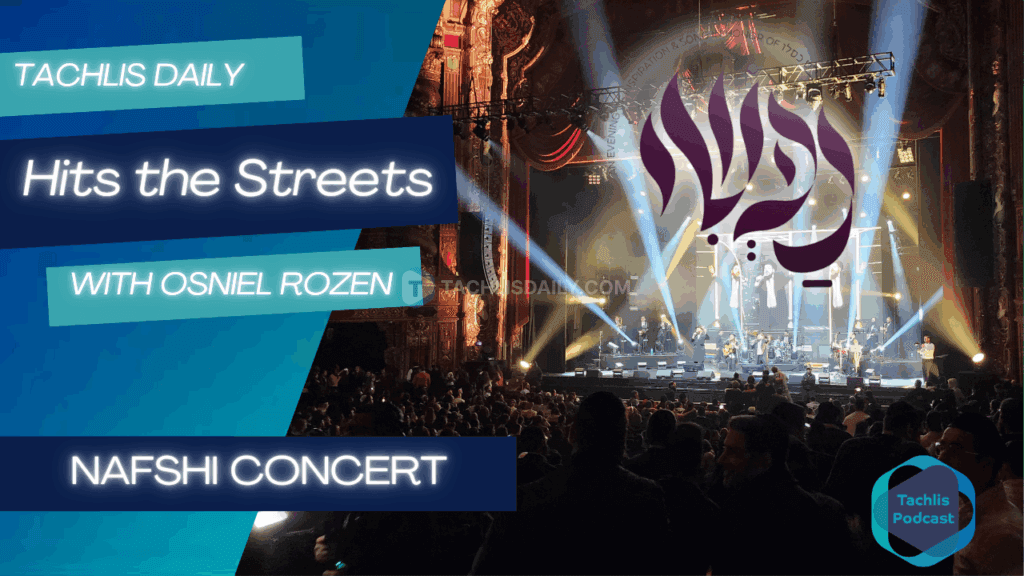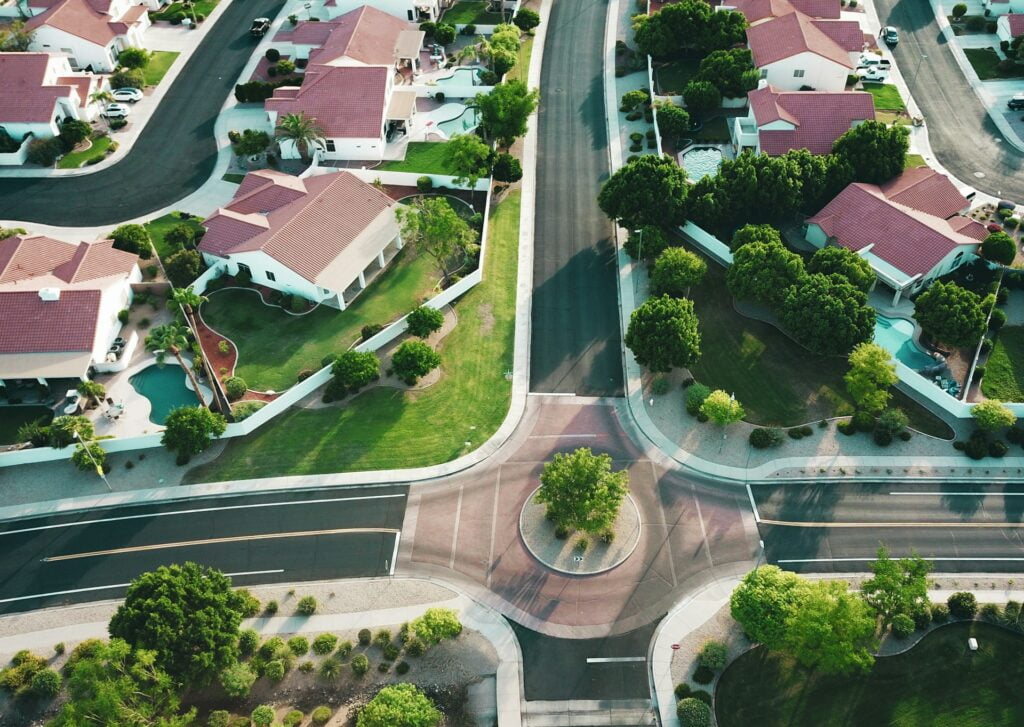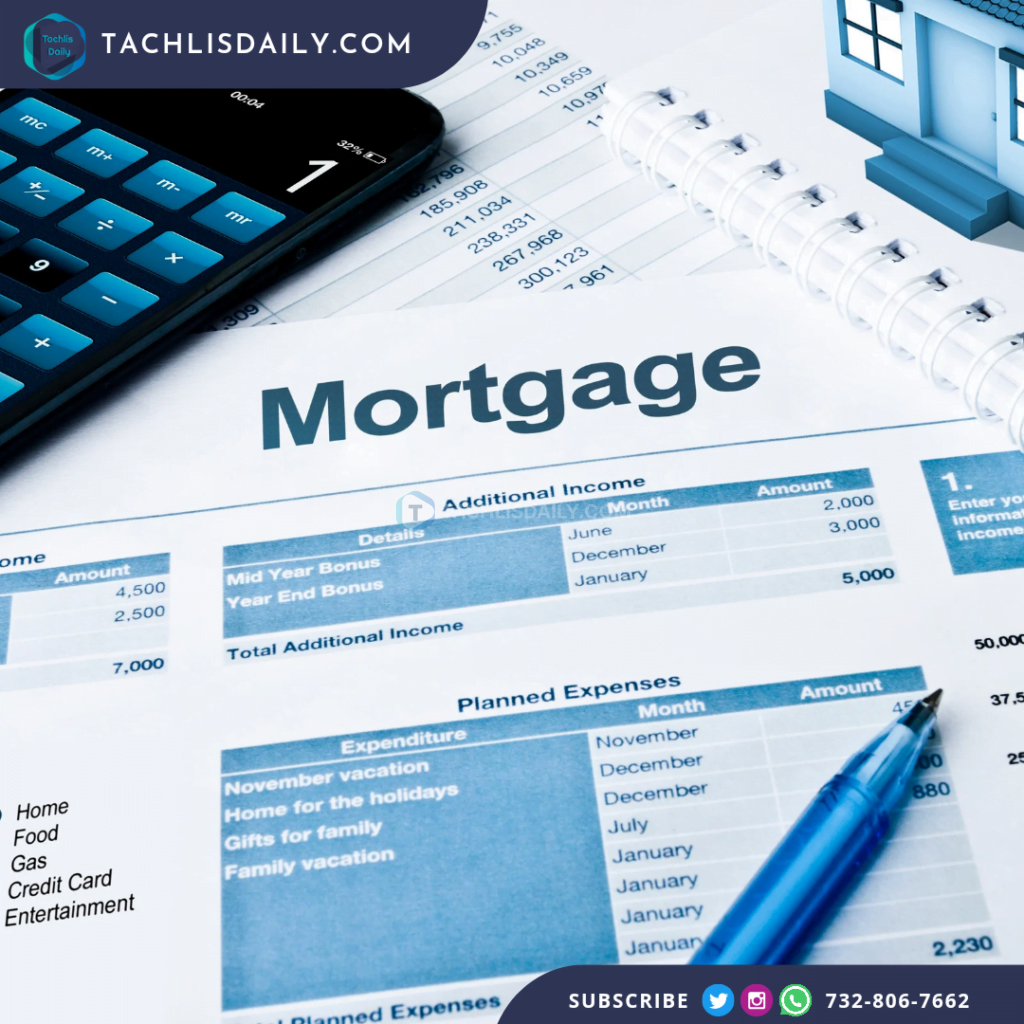Tesla has officially launched its long-anticipated robotaxi service in Austin, Texas, marking a significant milestone in the company’s pursuit of fully autonomous transportation. On Sunday, a fleet of self-driving Tesla Model Ys began operating in a limited area of the city, offering rides for a flat fee of $4.20.
The robotaxis were observed cruising through South Congress Avenue, a popular district in Austin, with no driver behind the wheel and a single passenger riding in the front seat. According to Tesla, these front-seat riders are acting as “safety monitors,” though the extent of their control over the vehicles remains unclear. The rollout is part of a tightly controlled pilot involving 10 to 20 vehicles and a select group of Tesla influencers who were invited to test the service.
This launch comes just days after Texas Governor Greg Abbott signed new legislation regulating autonomous vehicles in the state. Although the law won’t take effect until September, it signals a shift in Texas’ approach, which had previously favored minimal oversight. The new statute requires self-driving car operators to obtain a state permit, comply with safety protocols, and provide emergency response guidelines for first responders.
The requirements are relatively lenient compared to regulations in states like California, where extensive data submissions and oversight are mandatory. However, Texas retains the right to revoke permits if a vehicle is deemed a public danger.
Tesla’s robotaxi initiative has generated considerable excitement among fans and industry watchers, especially given CEO Elon Musk’s long-standing promise to deliver fully autonomous driving. While past predictions have missed the mark, this latest deployment may serve as a crucial turning point for the company’s ambitions.
Tesla’s approach differs significantly from competitors. Unlike other autonomous vehicle developers such as Waymo or Zoox, Tesla relies solely on cameras and neural networks for navigation, eschewing costly lidar and radar systems. Musk has argued that this vision-based strategy is both safer and more scalable, although it remains controversial among experts.
Safety has been a recurring theme in the rollout. Tesla has pledged to be “super paranoid” about safety in Austin, restricting robotaxi operations to areas considered the safest. The vehicles will not operate in poor weather conditions, avoid complex intersections, and will not transport passengers under the age of 18.











